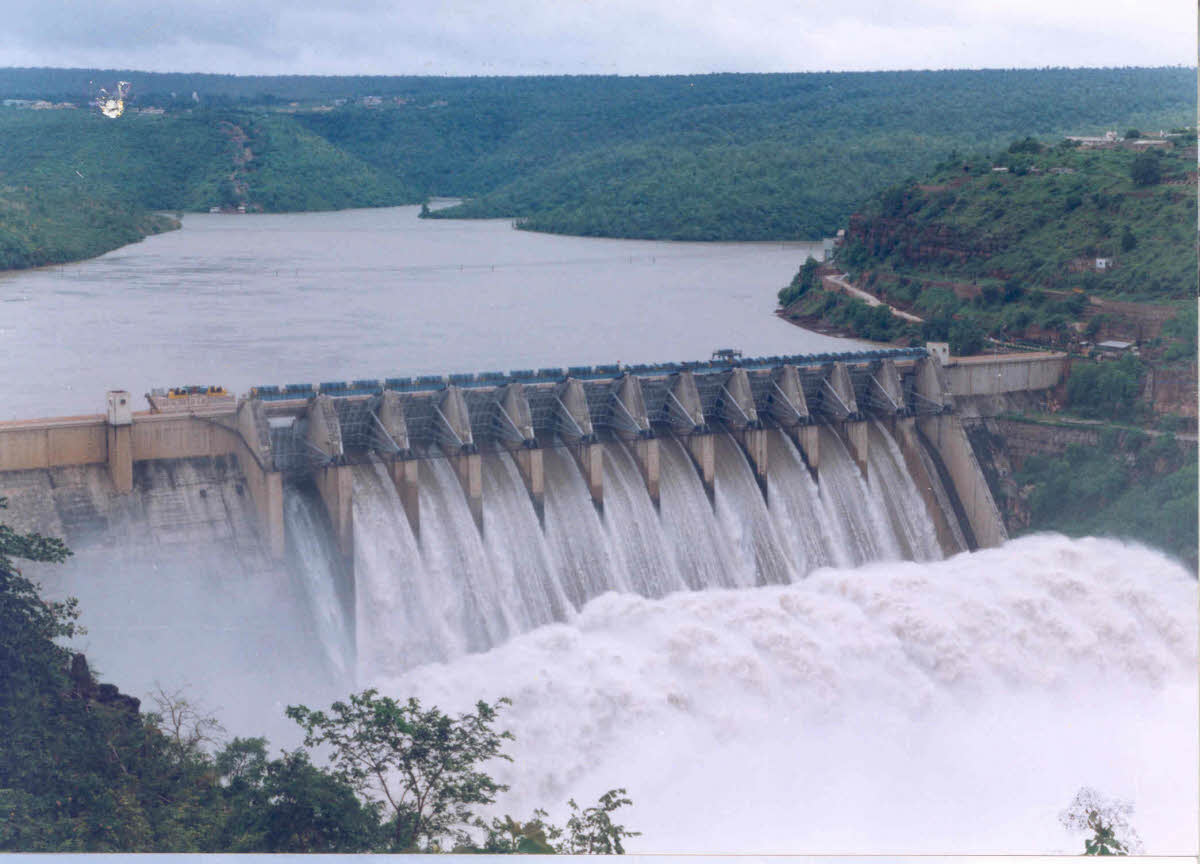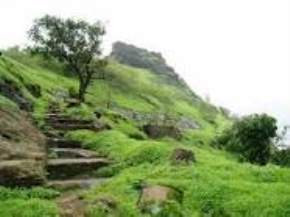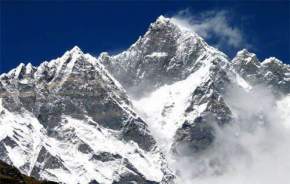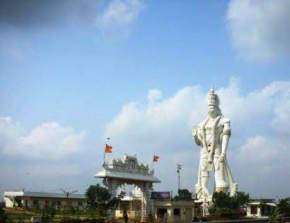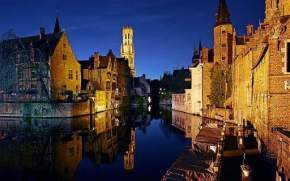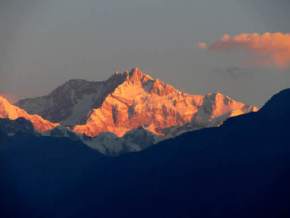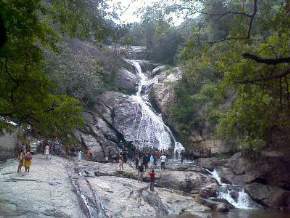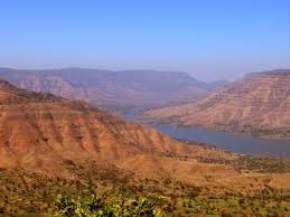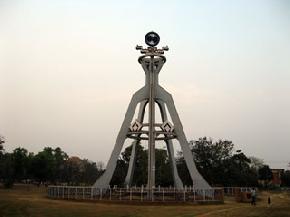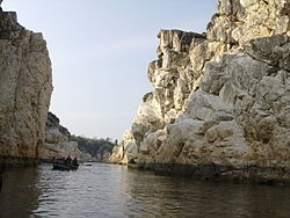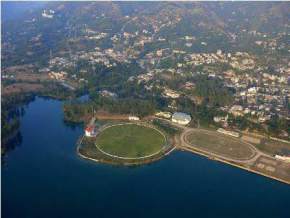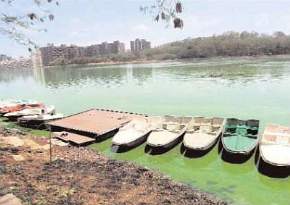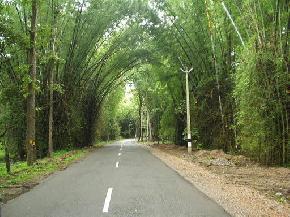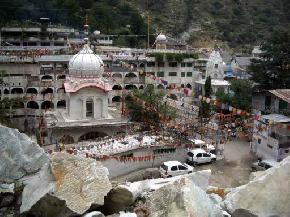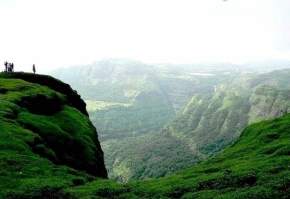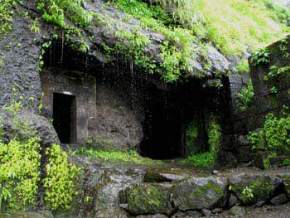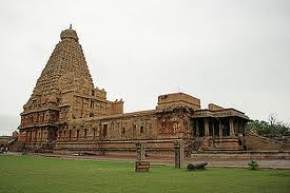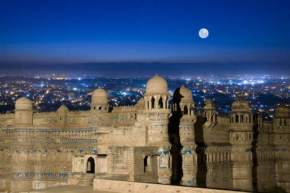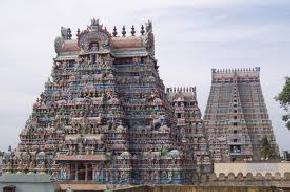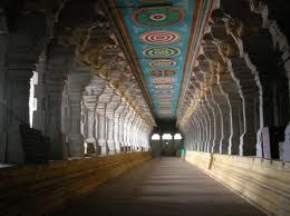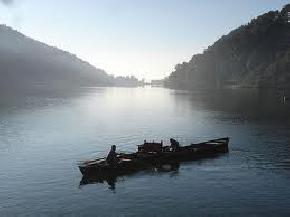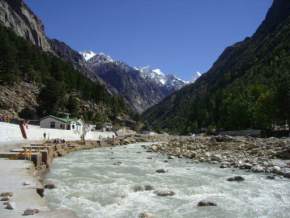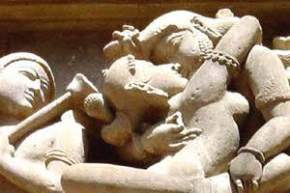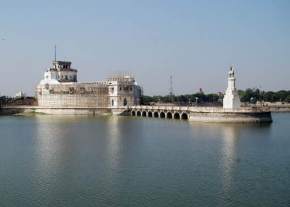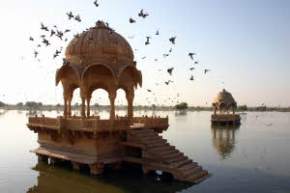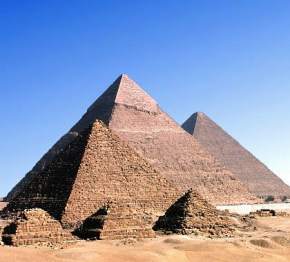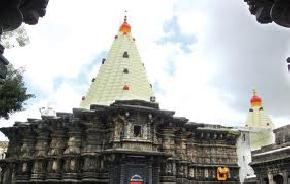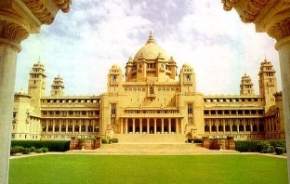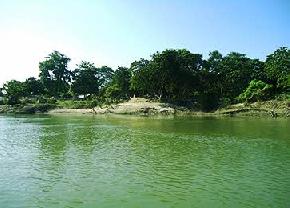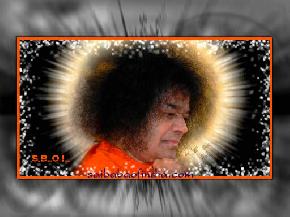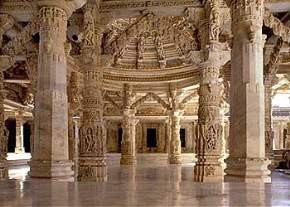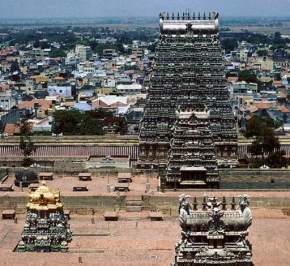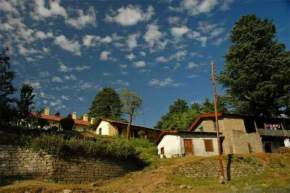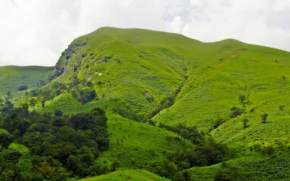Explore Dams Destinations ( 44 )
| Month | Weather | High | Low | Rain |
|---|---|---|---|---|
| Jul |  |
28°C | 22°C | 207mm |
- Best Season:
- Summer: °C
- Winter: °C
- Rain:
- Altitude:
| Month | Weather | High | Low | Rain |
|---|---|---|---|---|
| Jul | 26°C | 13°C | 144mm |
- Best Season: Sep to June
- Summer: 23 to 37°C
- Winter: -1 to 17°C
- Rain: July to Sept
- Altitude: 2082 m
| Month | Weather | High | Low | Rain |
|---|---|---|---|---|
| Jul |  |
34°C | 26°C | 191mm |
- Best Season: Sep to June
- Summer: 23 to 37°C
- Winter: -1 to 17°C
- Rain: July to Sept
- Altitude: 2082 m
| Month | Weather | High | Low | Rain |
|---|---|---|---|---|
| Jul | 22°C | 12°C | 95mm |
- Best Season: April - Oct
- Summer: 18 - 21°C
- Winter: -2 to 10°C
- Rain: Jul - Dec
- Altitude: 50 m
| Month | Weather | High | Low | Rain |
|---|---|---|---|---|
| Jul |  |
12°C | 11°C | 297mm |
- Best Season:
- Summer: °C
- Winter: °C
- Rain:
- Altitude:
| Month | Weather | High | Low | Rain |
|---|---|---|---|---|
| Jul | 37°C | 20°C | 38mm |
- Best Season:
- Summer: °C
- Winter: °C
- Rain:
- Altitude:
| Month | Weather | High | Low | Rain |
|---|---|---|---|---|
| Jul |  |
29°C | 24°C | 872mm |
- Best Season:
- Summer: °C
- Winter: °C
- Rain:
- Altitude:
| Month | Weather | High | Low | Rain |
|---|---|---|---|---|
| Jul |  |
30°C | 23°C | 334mm |
- Best Season: Sept to Mar
- Summer: 24 to 42°C
- Winter: 6 to 28°C
- Rain: Jun to Sep
- Altitude: 210 m (690 ft)
| Month | Weather | High | Low | Rain |
|---|---|---|---|---|
| Jul |  |
31°C | 24°C | 382mm |
- Best Season: Oct - March
- Summer: 22 to 40°C
- Winter: 10 to 27°C
- Rain: Jul - Sep
- Altitude: 412 m
| Month | Weather | High | Low | Rain |
|---|---|---|---|---|
| Jul |  |
33°C | 26°C | 297mm |
- Best Season: Oct - March
- Summer: 22 to 40°C
- Winter: 10 to 27°C
- Rain: Jul - Sep
- Altitude: 412 m
| Month | Weather | High | Low | Rain |
|---|---|---|---|---|
| Jul |  |
30°C | 23°C | 311mm |
- Best Season: Oct - March
- Summer: 22 to 40°C
- Winter: 10 to 27°C
- Rain: Jul - Sep
- Altitude: 412 m
| Month | Weather | High | Low | Rain |
|---|---|---|---|---|
| Jul |  |
32°C | 26°C | 297mm |
- Best Season: Oct - March
- Summer: 22 to 40°C
- Winter: 10 to 27°C
- Rain: Jul - Sep
- Altitude: 412 m
| Month | Weather | High | Low | Rain |
|---|---|---|---|---|
| Jul |  |
21°C | 15°C | 669mm |
- Best Season: Aug - May
- Summer: 19 - 35°C
- Winter: 11 - 32°C
- Rain: Jun - Sep
- Altitude: 2400 m ( 7874 ft )
| Month | Weather | High | Low | Rain |
|---|---|---|---|---|
| Jul |  |
28°C | 22°C | 187mm |
- Best Season: Jul - Feb
- Summer: 20 to 42°C
- Winter: 8 to 32°C
- Rain: Jul - Sep
- Altitude: 560 m (1840 ft)
| Month | Weather | High | Low | Rain |
|---|---|---|---|---|
| Jul |  |
32°C | 13°C | 2mm |
- Best Season: July to August
- Summer: 18 to 20°C
- Winter: 4 to 10°C
- Rain: Sept to Dec
- Altitude: 1041
| Month | Weather | High | Low | Rain |
|---|---|---|---|---|
| Jul | 23°C | 15°C | 583mm |
- Best Season: Oct - May
- Summer: 20 to 36°C
- Winter: 10 to 31°C
- Rain: Jun to Oct
- Altitude: 2100 m
| Month | Weather | High | Low | Rain |
|---|---|---|---|---|
| Jul |  |
32°C | 24°C | 158mm |
- Best Season: All year
- Summer: 15 to 20°C
- Winter: 5 to 14°C
- Rain: Jul to Sep
- Altitude: 1760 m
| Month | Weather | High | Low | Rain |
|---|---|---|---|---|
| Jul |  |
28°C | 22°C | 207mm |
- Best Season: Throughout the year
- Summer: 22 to 40°C
- Winter: 12 to 33°C
- Rain: Jun to Aug
- Altitude: 550 m
| Month | Weather | High | Low | Rain |
|---|---|---|---|---|
| Jul |  |
21°C | 17°C | 1028mm |
- Best Season: April - Nov
- Summer: 19 to 34°C
- Winter: 14 to 29°C
- Rain: Jun - Sept
- Altitude: 1525 m
| Month | Weather | High | Low | Rain |
|---|---|---|---|---|
| Jul |  |
30°C | 22°C | 1733mm |
- Best Season: Oct - May
- Summer: 22 to 40°C
- Winter: 12 to 33°C
- Rain: Jun - Sep
- Altitude: 624 m (2047 ft)
| Month | Weather | High | Low | Rain |
|---|---|---|---|---|
| Jul |  |
31°C | 22°C | 95mm |
- Best Season: May to September
- Summer: 24 to 47°C
- Winter: -44 to 5°C
- Rain: March to Oct
- Altitude: 520 m
| Month | Weather | High | Low | Rain |
|---|---|---|---|---|
| Jul |  |
36°C | 26°C | 59mm |
- Best Season:
- Summer: °C
- Winter: °C
- Rain:
- Altitude:
| Month | Weather | High | Low | Rain |
|---|---|---|---|---|
| Jul |  |
35°C | 27°C | 262mm |
- Best Season: Oct to March
- Summer: 24 to 48°C
- Winter: 9 to 36°C
- Rain: Jun to Sep
- Altitude: 196 m
| Month | Weather | High | Low | Rain |
|---|---|---|---|---|
| Jul |  |
35°C | 26°C | 60mm |
- Best Season: November- March
- Summer: 20 to 31°C, °C
- Winter: 26 to 24°C °C
- Rain:
- Altitude: 85 m
| Month | Weather | High | Low | Rain |
|---|---|---|---|---|
| Jul |  |
28°C | 18°C | 15mm |
- Best Season:
- Summer: °C
- Winter: °C
- Rain:
- Altitude:
| Month | Weather | High | Low | Rain |
|---|---|---|---|---|
| Jul |  |
31°C | 24°C | 618mm |
- Best Season:
- Summer: °C
- Winter: °C
- Rain:
- Altitude: 1370 m
| Month | Weather | High | Low | Rain |
|---|---|---|---|---|
| Jul |  |
31°C | 24°C | 618mm |
- Best Season:
- Summer: °C
- Winter: °C
- Rain:
- Altitude:
| Month | Weather | High | Low | Rain |
|---|---|---|---|---|
| Jul |  |
23°C | 23°C | 227mm |
- Best Season: Oct - Feb
- Summer: 28 to 37°C
- Winter: 20 to 34°C
- Rain: Jun to Sep
- Altitude: 10 m
| Month | Weather | High | Low | Rain |
|---|---|---|---|---|
| Jul |  |
25°C | 20°C | 207mm |
- Best Season: Oct - May
- Summer: 22 - 40°C
- Winter: 10 - 32°C
- Rain: Jun - Sep
- Altitude: 472 m ( 1549 ft )
| Month | Weather | High | Low | Rain |
|---|---|---|---|---|
| Jul |  |
34°C | 26°C | 326mm |
- Best Season: Oct to March
- Summer: 21 to 45°C
- Winter: 4 to 32°C
- Rain: June to August
- Altitude: 283 m
| Month | Weather | High | Low | Rain |
|---|---|---|---|---|
| Jul |  |
33°C | 25°C | 221mm |
- Best Season: Oct to March
- Summer: 21 to 45°C
- Winter: 4 to 32°C
- Rain: June to August
- Altitude: 283 m
| Month | Weather | High | Low | Rain |
|---|---|---|---|---|
| Jul |  |
38°C | 26°C | 72mm |
- Best Season: Oct - March
- Summer: 25 to 42°C
- Winter: 7 to 24°C
- Rain: Sept - Oct
- Altitude: 225 m (738 ft)
| Month | Weather | High | Low | Rain |
|---|---|---|---|---|
| Jul |  |
38°C | 28°C | 45mm |
- Best Season: Oct - March
- Summer: 25 to 42°C
- Winter: 7 to 24°C
- Rain: Sept - Oct
- Altitude: 225 m (738 ft)
| Month | Weather | High | Low | Rain |
|---|---|---|---|---|
| - | - | - | - |
- Best Season: Oct to May
- Summer: 7 to 43°C
- Winter: 0 to 18°C
- Rain: Oct to April
- Altitude: 2629 m
| Month | Weather | High | Low | Rain |
|---|---|---|---|---|
| Jul |  |
27°C | 22°C | 338mm |
- Best Season: Oct-Mar
- Summer: 22 to 40°C
- Winter: 12 to 30°C
- Rain: Jul - Sep
- Altitude: 569 m
| Month | Weather | High | Low | Rain |
|---|---|---|---|---|
| Jul |  |
27°C | 36°C | 121mm |
- Best Season: Oct - Mar
- Summer: 24 - 45°C
- Winter: 5 - 20°C
- Rain: Jun - Sep
- Altitude: 231m (758ft)
| Month | Weather | High | Low | Rain |
|---|---|---|---|---|
| - | - | - | - |
- Best Season: Oct - Mar
- Summer: 24 - 45°C
- Winter: 5 - 20°C
- Rain: Jun - Sep
- Altitude: 231m (758ft)
| Month | Weather | High | Low | Rain |
|---|---|---|---|---|
| Jul |  |
31°C | 25°C | 0mm |
- Best Season: All year
- Summer: 25 to 30°C
- Winter: 10 to 24°C
- Rain: Jul to Sep
- Altitude: 85 m
| Month | Weather | High | Low | Rain |
|---|---|---|---|---|
| Jul |  |
22°C | 18°C | 3mm |
- Best Season: Oct to May
- Summer: 10 to 30°C
- Winter: 3 to 23°C
- Rain: Mar to Oct
- Altitude: 1484m (4869ft)
| Month | Weather | High | Low | Rain |
|---|---|---|---|---|
| Jul | 33°C | 24°C | 72mm |
- Best Season: Sept to Feb
- Summer: 23 to 41°C°C
- Winter: 14 to 31°C°C
- Rain: Jul to Oct
- Altitude: 475 m (1558 ft)
| Month | Weather | High | Low | Rain |
|---|---|---|---|---|
| Jul |  |
25°C | 18°C | 640mm |
- Best Season: Feb - June
- Summer: 32 to 45°C
- Winter: 5 to 28°C
- Rain: Jun to Sep
- Altitude: 1220 m
| Month | Weather | High | Low | Rain |
|---|---|---|---|---|
| Jul |  |
36°C | 25°C | 50mm |
- Best Season: Oct to March
- Summer: 26 to 41°C
- Winter: 18 to 32°C
- Rain: Sept to Nov
- Altitude: 101 m
| Month | Weather | High | Low | Rain |
|---|---|---|---|---|
| Jul |  |
14°C | 11°C | 123mm |
- Best Season: Oct to March
- Summer: 26 to 41°C
- Winter: 18 to 32°C
- Rain: Sept to Nov
- Altitude: 101 m
| Month | Weather | High | Low | Rain |
|---|---|---|---|---|
| Jul |  |
29°C | 23°C | 1003mm |
- Best Season: Oct to March
- Summer: 26 to 41°C
- Winter: 18 to 32°C
- Rain: Sept to Nov
- Altitude: 101 m
Dams - Things to do
Dams - Boon or a Bane to the Mankind
A large water body, cool breeze, a huge concrete structure, gushing water through the dam gates and small local eateries selling hot snacks is the scene that every visitor recollects while talking about Dams.
Building of Dams can easily be dated back to the ancient times of Harappa civilization, where the main purpose of building dams was for irrigation and construction. Dams that are built are used for multi-purpose reasons like control of floods... One of the major purposes of building dam is for irrigation; as dams increase the amount of water available to the farms and increases the agricultural output that is in turn added to the economical development of India. Building dam is not that easily, it takes quite a long time. In today’s world, architects and the civil engineers not only build dams for functional purpose, but also as a part of aesthetics, so that it also becomes a most popular place.
The Dam acts as a barrier and does not allow the water to flow downstream. Hydro power generation is also one of the main purposes of dams. The water stored in the dams generates clean electricity; i.e, electricity generated without burning of coal or any other fossils. Villages and cities downstream would suffer major property damage and loss of lives if the dams were not built. The best time is to visit these dams during monsoons, because, the area is totally green and one can actually witness the water level raising.
Building a dam also disturbs the natures cycle and people from the surroundings face the consequences very soon. Problems such as soil erosion and water pollution are a matter of concern.They have important economical and practical uses, but at the same time disrupts natural cycles and processes.
Some dams also have beautiful gardens adjacent to the water body that attracts tourists. Concrete dams and Embankment dams are the two types of dams that are seen widely built in India. Concrete dams are built by concrete in such a way that it resists the natural forces of gravity, earth-quake and water pressure. Embankment dams are the artificial water barriers which are built with semi plastic materials, soil, clay and rock. This dam has a layer of dense water proofing material that makes it erosion free. Also, this dam has a strong foundation compared to the Concrete dam and hence is erosion free and seepage free. Tehri Dam built on Bhagirathi River in the Uttarakhand is one such example of embankment dams.
Dams are a boon to few people, while at the same time, some people face problems because of the dam. For example – Dams store water and increase the amount of water that is available especially for those who live in upstream. People living in downstream are adversely affected, as they do not get enough water. The conflict over Cauvery river water in Karnataka and Tamil Nadu is the best example that clearly proves Dam- a blessing for some people, while a curse for others.


